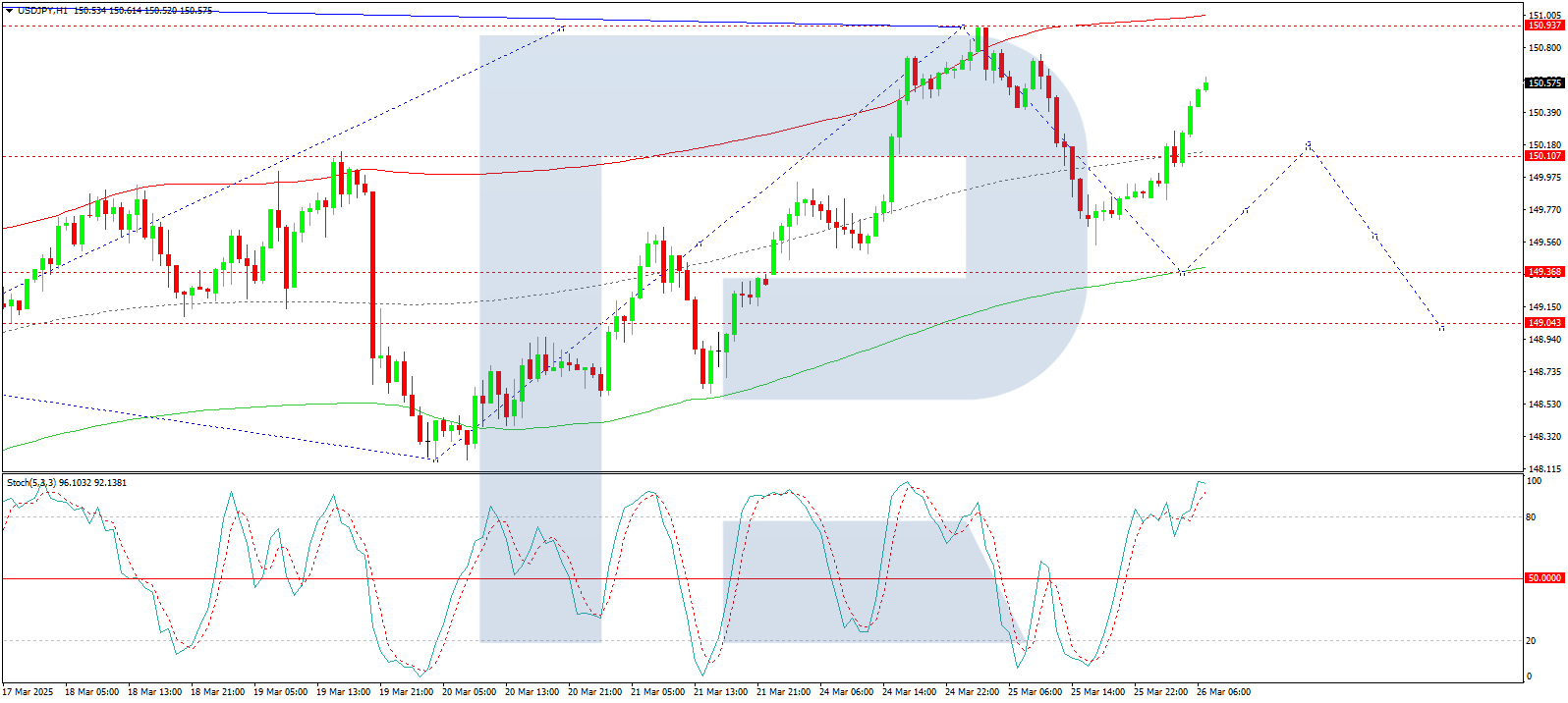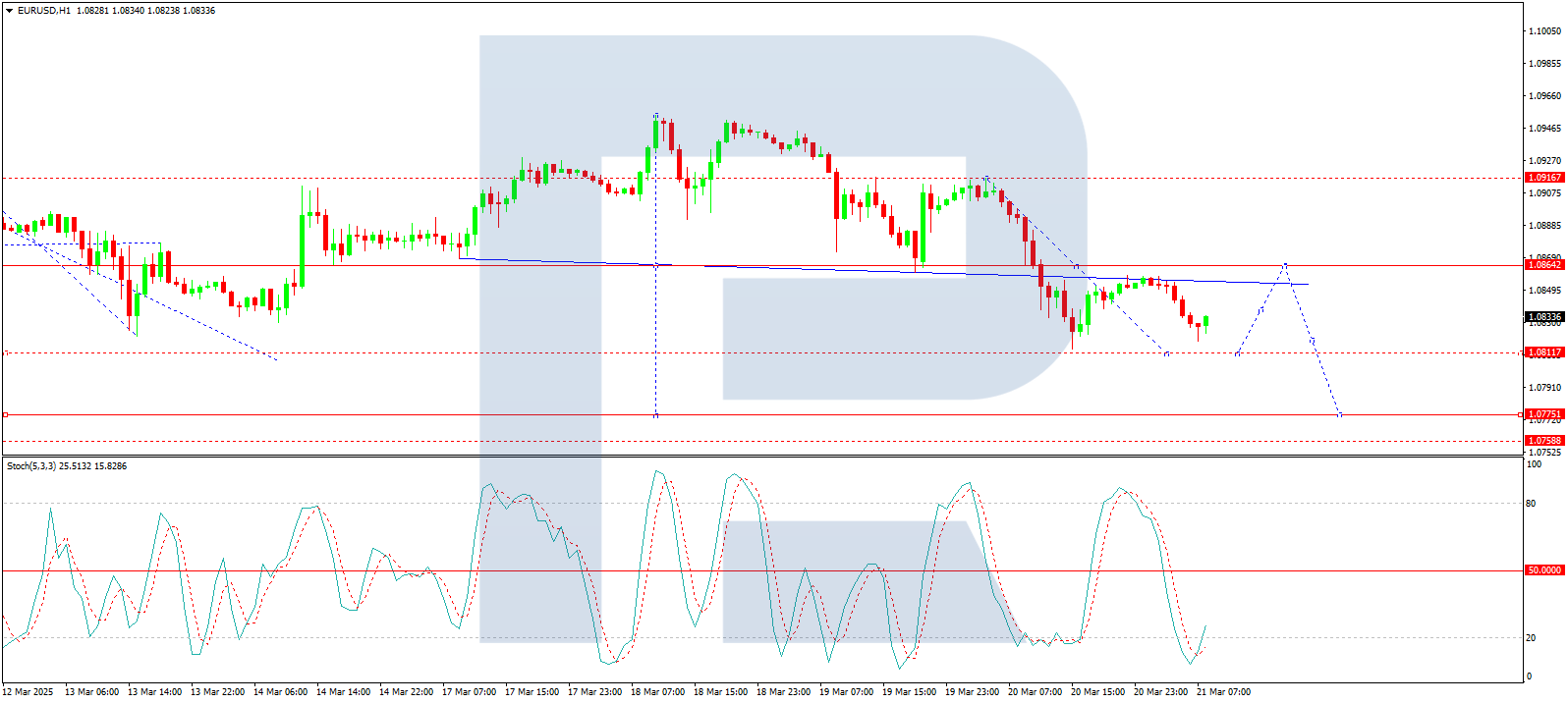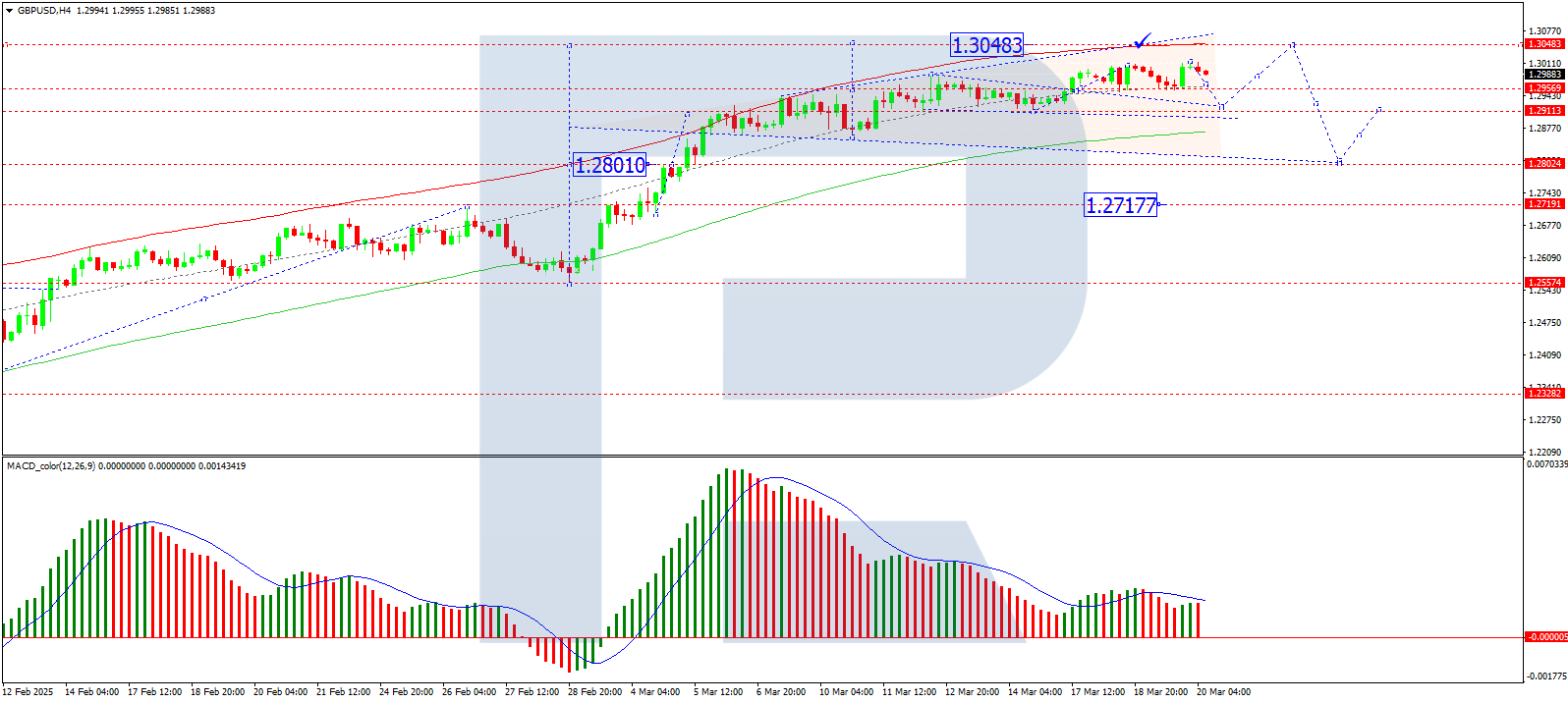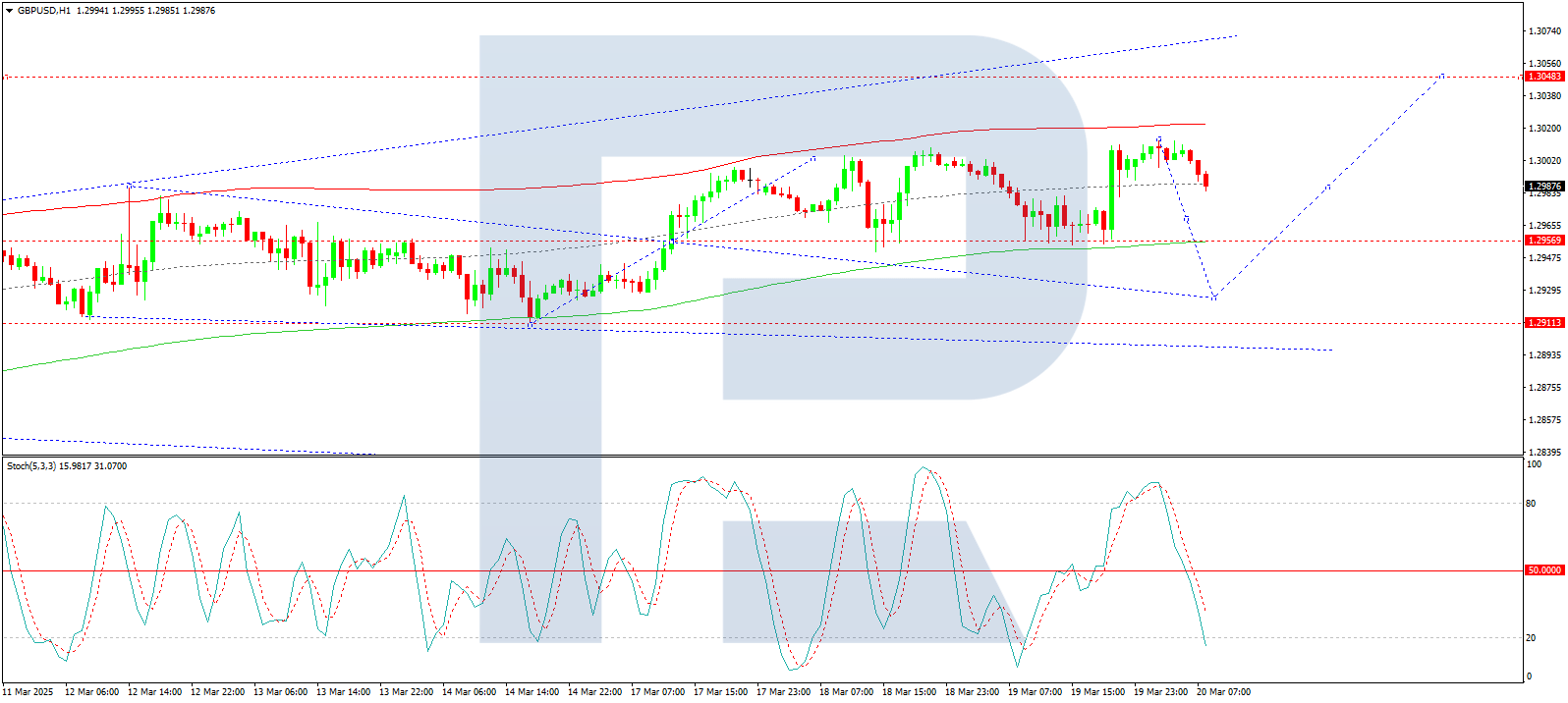By JustMarkets
The Dow Jones index (US30) was down 0.31% at Wednesday’s close. The S&P500 Index (US500) decreased by 1.12%. The Nasdaq Technology Index (US100) was down 2.04%. The US stocks fell sharply on Wednesday as technology shares led a broad sell-off amid growing concerns over looming US tariffs. Shares of Nvidia and Tesla fell more than -5.5%, while major tech companies such as Meta, Amazon, and Alphabet were down more than 2%. Shares of automakers also weakened after reports that President Trump will impose new 25% tariffs on auto imports. Uncertainty over the scope and impact of these tariffs has added to market volatility, raising fears of retaliation and broader economic repercussions.
The Canadian dollar strengthened to 1.43 per US dollar, hitting a one-month high, as investors welcomed reports that not all the trade tariffs scheduled for April 2 will take effect, with some countries likely to receive exemptions. Reports that President Trump may impose a three-tiered tariff system with selective exemptions indicate that Canada could face the lowest level of upcoming tariffs, which would spare its exports and ease external pressure on the loonie. This optimism is supported by favorable oil price developments – rising crude oil prices amid supply concerns boosts the currency, given Canada’s status as a major oil exporter.
Equity markets in Europe were mostly down on Wednesday. Germany’s DAX (DE40) fell by 1.17%, France’s CAC 40 (FR 40) closed down 0.96%, Spain’s IBEX 35 (ES35) dropped 0.39%, and the UK’s FTSE 100 (UK100) closed 0.30% yesterday. The spring statement from the Chancellor of the United Kingdom, Rachel Reeves, did not bring optimism to investors. Many key announcements, such as changes to social security and the NHS, were already well-known and had minimal impact on the market. The biggest disappointment was the OBR’s revised growth forecast for the UK economy, which was cut from 2% to just 1% for 2024. This dampened sentiment, especially in the housing sector, where shares of major housebuilders turned negative
WTI crude oil prices rose to $69.9 a barrel on Wednesday, the highest in nearly four weeks, driven by concerns about tightening global supply. The US has threatened to impose 25% tariffs on countries buying Venezuelan oil, disrupting trade flows, especially to China, Venezuela’s biggest buyer. This follows recent US sanctions aimed at Iranian oil sales, although Saudi Arabia may increase production to offset the loss of Iranian exports. In addition, US crude inventories fell by 3.34 million barrels last week, more than double the expected decline, indicating strong demand.
Asian markets traded mostly up yesterday. Japan’s Nikkei 225 (JP225) rose by 0.65%, China’s FTSE China A50 (CHA50) added 0.44%, Hong Kong’s Hang Seng (HK50) gained 0.60%, and Australia’s ASX 200 (AU200) was positive 0.71%. Hong Kong stocks were up 1.4% in Thursday morning trading, strengthening for a second day amid broad-based gains. Sentiment strengthened after Wall Street banks turned bullish on Chinese equities. Morgan Stanley raised its 2025 target for mainland Chinese equities for the second time this year, while Goldman Sachs forecast further gains thanks to positive earnings revisions.
China significantly increased debt issuance in the first quarter of 2025 to boost growth and stabilize the bond market. The Ministry of Finance raised 1.45 trillion yuan through sovereign bonds, three times more than last year and a record. The surge indicates Beijing seeks to boost fiscal spending amid real estate concerns, deflation, and ongoing trade tensions.
S&P Global Ratings recently predicted that New Zealand and other regional economies will be less affected by US trade measures, which has provided some support for the Kiwi dollar. Domestically, however, expectations of further monetary easing by the Reserve Bank of New Zealand continue to weigh on the currency. Economists believe the RBNZ remains poised for additional rate cuts in April and May despite last week’s unexpectedly positive GDP data.
S&P 500 (US500) 5,712.20 −64.45 (−1.12%)
Dow Jones (US30) 42,454.79 −132.71 (−0.31%)
DAX (DE40) 22,839.03 −270.76 (−1.17%)
FTSE 100 (UK100) 8,689.59 +25.79 (+0.30%)
USD index 104.67 +0.48 (+0.46%)
News feed for: 2025.03.27
- Australia Retail Sales (m/m) at 02:30 (GMT+2);
- Norway Norges Bank Interest Rate Decision at 11:00 (GMT+2);
- US GDP (q/q) at 14:30 (GMT+2);
- US Initial Jobless Claims (w/w) at 14:30 (GMT+2);
- US Pending Home Sales (m/m) at 16:00 (GMT+2);
- US Natural Gas Storage (w/w) at 16:30 (GMT+2);
- Mexico Interest Rate Decision (m/m) at 21:00 (GMT+2).
By JustMarkets
This article reflects a personal opinion and should not be interpreted as an investment advice, and/or offer, and/or a persistent request for carrying out financial transactions, and/or a guarantee, and/or a forecast of future events.















